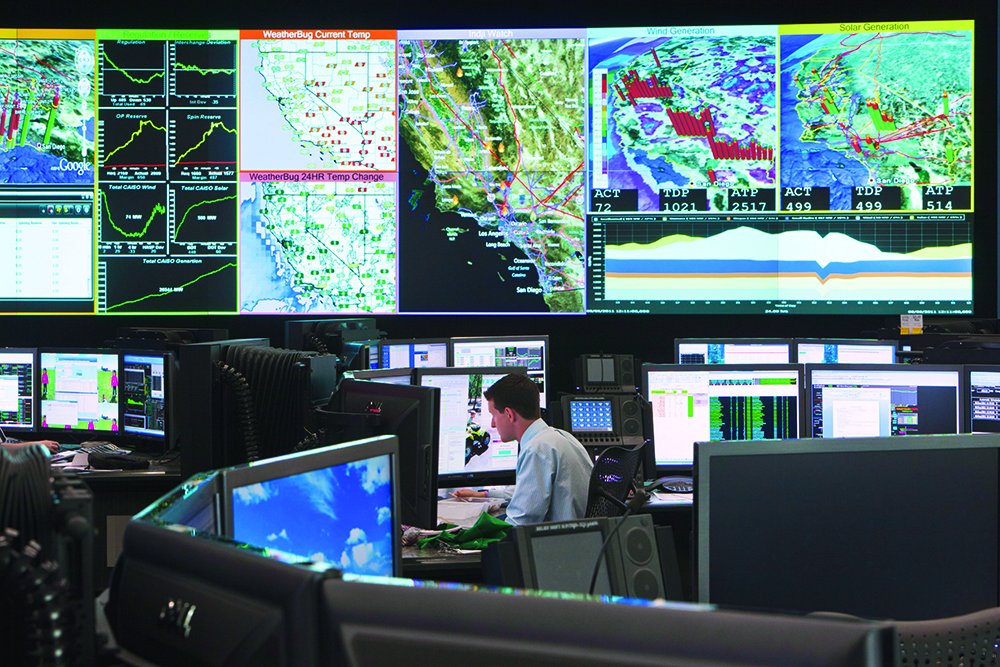
A SCADA system can provide a detailed view of every aspect of your system while allowing complete control over it as well. But the sheer volume of data and controls can overwhelm a user. What can be done to resolve this? There are a number of tactics, starting with your choice of systems all the way through utilizing it on a day to day basis, but here are some touchstones to get you started.
Situational Awareness
One of the primary duties of a SCADA system is to give you an overview of the system status at all times. A generally accepted term for this is situational awareness. Your operators and monitoring personnel need to know the situation. Make sure your control software provides a view of this in real-time. Optimize the displays to eliminate information of marginal value and concentrate on a display of relevant and critical information to allow your staff to keep on top of things at all times.
Alarm Management
Prioritizing alarms generated by the system is critical to pinpointing and addressing problems as they occur. Operators need to be able to identify and localize the source of the alarm quickly and efficiently. But not all alarms are created equal. It should be a simple process to distinguish critical alarms from warnings and other distractions. Be sure your system uses a standardized system for identifying alarms. There are industry recommendations on this as well as on the use of color and aggregation to help operators find and fix problems from most important first down to last and least.
Business Value Decision Making
Once critical safety issues are addressed, your SCADA system should present information optimized for making good business decisions. Maximizing productivity and availability, reducing waste and energy usage, minimizing cost and raw material usage all are components to be taken into account for operator decisions. Displays should provide sufficient data to allow users to control processes to increase value and decrease loss. Operators should be trained to handle critical safety issues first, then to work to optimize the business value of their decisions.
Standardization
With multiple sites being managed by SCADA software it is important to use systems that drive consistency between these locations. Standardizing interfaces and procedures can ease the training burden and drive an overall increase in efficiency and safety. Using standardized configurations for your SCADA software can help bring these different sites into compliance with the company standards and allow operators to manage sites without extra site-specific training.
Reporting
Your SCADA system is generally optimized for use as a monitoring and control system, not for reporting on historic trends or aggregating data. This can be performed much easier and more efficiently using external databases and analysis software. One requirement for this is to be able to store data externally. But while some reporting is best done externally, other reports are critical to operations. These should be quickly and easily accessible from any location necessary. This can include the central control facility or a remote web interface for offsite personnel. Response times on operational reports should be very fast, in most cases measured in seconds. These reports are being used to address current, real-time operation issues, safety problems, or other time sensitive matters.
Security/Accessibility
As your SCADA system includes the ability to control physical systems your security needs to be a primary concern. Unauthorized entry into the system must be prevented. Unfortunately, accessibility to the system of authorized users should be possible in as many ways as possible while preserving security. This balance can be very difficult, but allowing remote access of off site users can drive efficiency. The ability to transfer data to and from SCADA systems to IoT can save time and money. Specialized knowledge can be accessed or high level decisions can be made without those people being required to come to the control center. Just be sure to prioritize your security. Regular security audits are a good way to check that all accesses are still safe and secure.
Integration
Your other business systems will frequently need the same data the SCADA system uses and stores from its sensors and controls. Be sure this can be integrated so the data is shared and doesn’t need a manual process to transfer it. Reentering data from one system to another is wasteful and error prone. Integrated data storage is much preferred.
Conclusion
While a SCADA system is a powerful tool for managing your business systems, the tools are only as good as the processes and procedures you create to utilize them. Keep these points in mind to maximize the value of your SCADA system. There are other ways to increase the value of a SCADA system, so continue to research and change your processes as better ways of handling it come along. SCADA systems are designed to increase efficiency. Make sure you are using them in the most effective way you can.
Was this article helpful and informative? Leave us a comment with your thoughts in the section below.

Founder Dinis Guarda
IntelligentHQ Your New Business Network.
IntelligentHQ is a Business network and an expert source for finance, capital markets and intelligence for thousands of global business professionals, startups, and companies.
We exist at the point of intersection between technology, social media, finance and innovation.
IntelligentHQ leverages innovation and scale of social digital technology, analytics, news, and distribution to create an unparalleled, full digital medium and social business networks spectrum.
IntelligentHQ is working hard, to become a trusted, and indispensable source of business news and analytics, within financial services and its associated supply chains and ecosystems



























